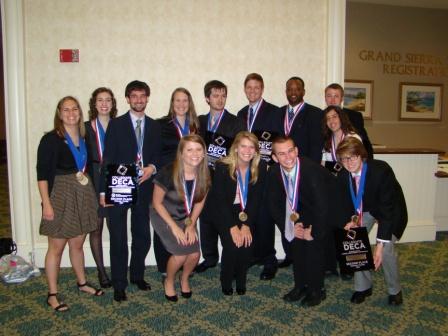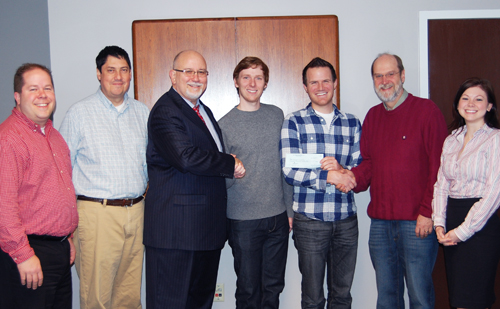In addition to some not so good hard economic data coming out lately, there is a growing pessimism among entrepreneurs and those who pay attention to entrepreneurs in our economy.
As I wrote last week, the latest NFIB survey of small business owners does not paint a rosy picture of their mood. The results of the survey are out this morning and once again we see a decline in their optimism this month.
“A second consecutive month of decline in small-business optimism does very little to encourage further confidence in a strong economic recovery,” said NFIB Chief Economist Bill Dunkelberg. “Owners simply find no reason to be optimistic about the future and therefore they find no reason to pick up the pace of spending and hiring. It’s difficult to know exactly why the outlook for small firms is in decline; but it’s a safe bet that political and economic uncertainty–about the deficit, the threat of inflation, rising energy and health care costs–are at top of the mind for most small-business owners. Who is going to stay positive in this turbulent political environment?”
The Kauffman economics bloggers (of which I am one) also share the lack of optimism found among business owners.
“Uncertain” continues to be the word they would use most to describe economy. In fact, 85% view current economic conditions as “mixed” or “facing recession,” up 8% from first quarter of 2011. And if that isn’t enough, 32% believe the country is doing “worse” than official statistics show.
Small business owners are putting their pessimism into action, or should I say a lack of action according to the NFIB survey.
Only 50 percent of all firms reported making capital outlays last month,
down 1 point from the month prior. The percent of owners planning
capital outlays in the next three to six months fell 3 points to 21
percent, a recession level reading.
Money is cheap, but most owners are
not interested in a loan to finance equipment they don’t need.
Prospects are still uncertain enough to discourage any but the most
profitable and promising investments. A wise position to take from my perspective.
We are seeing many small business owners begin to take action to deal with inflation. (I know, I know…what inflation, if we believe the government’s cooked and filtered inflation statistics). In April, a net 12 percent reported raising average selling prices, a 3 point gain from March and 23 points higher than last September. A net 24 percent planned hikes in average selling prices in April.
So what do business owners and economists agree on? More recessionary times yet to come, coupled with the new reality of inflation.





